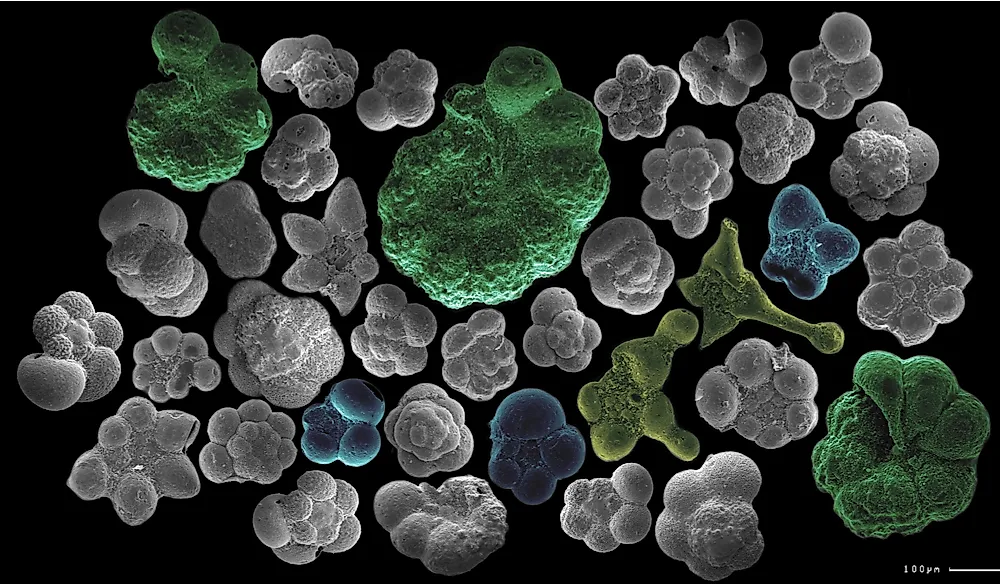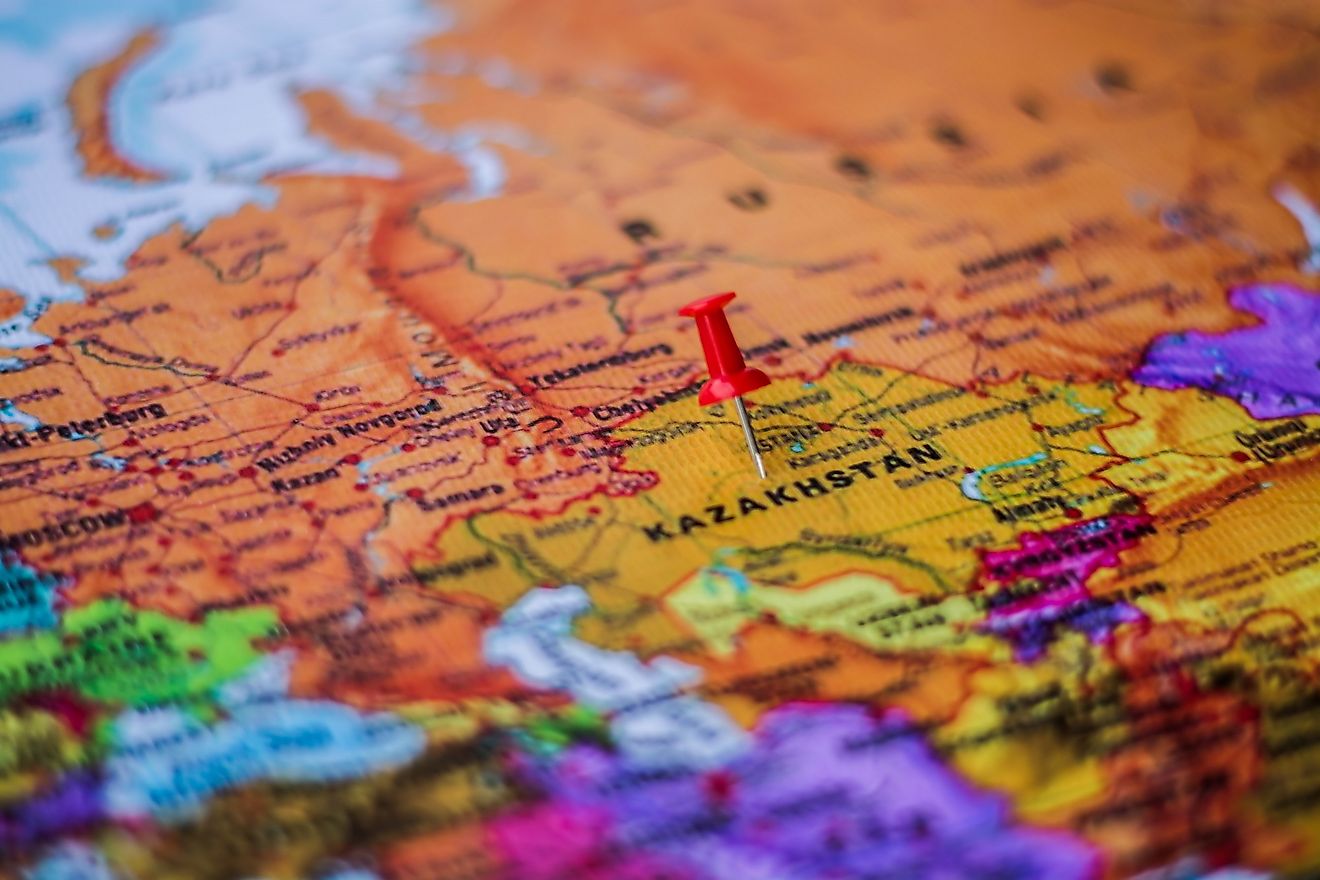What Are Protozoa?

Protozoa, also known as protozoans, are single-celled parasitic or free-living eukaryotes which feed on debris and organic matter. Historically, a protozoan was considered a "one-celled animal" because it had various animal-like behaviors including predation, a lack of cell wall, and motility. Although the traditional means of grouping protozoans with other animals is not valid, the phrase "one-celled animal" is still used loosely to identify single-celled creatures that feed heterotrophically and move independently.
History
The term "protozoa" was coined by German zoologist Georg August Goldfuss in 1818. Protozoa is a Greek term equivalent to the German word Urthiere, meaning "original animal or primitive." Protozoa were established to be a class of simpler organism and initially included both multicellular animals like polychaete worms, jellyfish, and rotifers as well as single-celled organisms. German zoologist Karl Theodor Ernst von Siebold redefined the protozoa class to include only single-celled organisms and raised it to the phylum level with two microorganism classes: Rhizopoda and Infusoria.
Characteristics
Size
The size of protozoa ranges from 0.04 inches to 7.9 inches. Some of the smallest protozoa include Plasmodium falciparum (0.08 inches), Massisteria voersi (0.12 inches), and Bodo saltans (0.31 inches). One of the largest protozoa in the world is the deep sea-dwelling foraminifera, whose body can attain a maximum diameter of 7.9 inches.
Motility
Some protozoans are sessile and rarely move, while others, like amoebae, move using pseudopodia. Ciliates move using hair-like organs known as cilia, while flagellates move by using whip-like structures known as flagella.
Lifecycle
Most protozoans have a two-phase lifecycle, alternating between a dormant cyst and numerous proliferative stages, like trophozoites. As cysts, they thrive in harsh conditions like extended periods without oxygen, water, or nutrients, while being exposed to harmful chemicals or extreme temperatures. During the cyst stage, they can survive outside the host’s body and be transmitted from one host to other before undergoing a process known as excystation. The process of transforming from cyst to trophozoite is excystation, while the conversion from trophozoite to cyst is called encystations.
Reproduction
Protozoa reproduce asexually by a process called multiple fission or binary fission. Some exchange genetic materials through sexual means (conjugation). Although it is unclear whether they were sexual organisms during their earlier stages of evolution, most present-day eukaryotes reproduce through meiotic sex.
Feeding
Protozoans are heterotrophic creatures which derive their nutrients from other animals by consuming their waste-products and organic remains or by ingesting them whole. Some consume food by osmotrophy (absorbing dissolved food via their cell membranes), while others are phagocytes. Other protozoans supplement a heterotrophic diet with different types of autotrophy (mixotrophs). Some will steal chloroplast from other organisms and store them within their cell walls as they produce nutrients via photosynthesis (kleptoplasty).
Habitat
Protozoans are abundant in salt, brackish, and fresh water. They are also common in many moist environments including mosses and soils. Numerous protozoa species flourish in extreme environments like hypersaline lakes, hot springs, and lagoons. Although most protozoa need a wet habitat, some can thrive for extended periods of time in dry places by creating a resting cyst. Symbiotic and parasitic protozoa live within or on other animals, like vertebrates or invertebrates. Some are beneficial or harmless to the host creatures, while other cause diseases like malaria, toxoplasmosis, and babesia.











